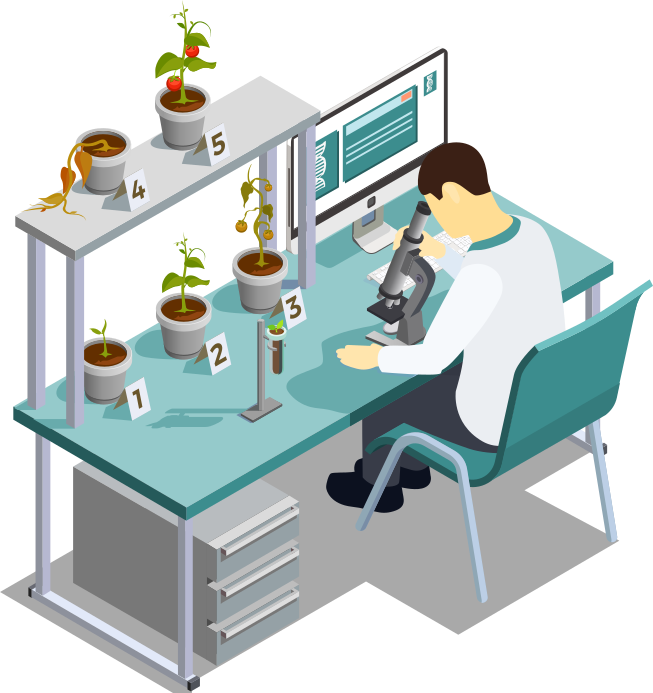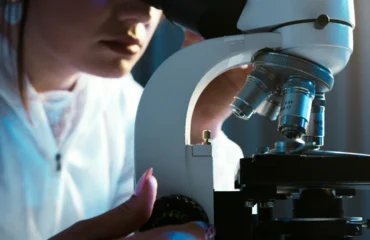Humans are capable of designing and building awesome structures, machines and devices. A large part of this comes down to engineering, the application of scientific principles to create everything from skyscrapers, dams, factories and space stations to electric vehicles, computers and telephones. The word engineering comes from the Latin terms ingenium (“cleverness”) and ingeniare (“to contrive, devise”).
The best engineers are masters in creativity, finding new ways to solve or work around problems while creating inventive fail-safes and minimise risks to maximise endurance, functionality and efficiency. The results are there for us to see with our own eyes, and many iconic structures around the world are the result of bright minds using new principles, insights and technologies in new and inventive ways.
There are strong connections between science and engineering, and it is for this reason that technology companies also heavily invest in research and development. Organisation with a fundamental understanding of the science behind their products are typically more able to effectively apply those and innovate.
Tackling global challenges
More than ever before in our history, the challenges we face are global and require a multidisciplinary approach for mitigation. Climate change is one of the most urgent examples: the longer it takes before an effective international coordinated response emerges, the more outstanding the engineering that will be required to tackle problems related to extreme weather patterns, draught, and clean and affordable food & drinking water.

When engineering is mentioned, it is often as a combination of mechanical, electrical, industrial, chemical or civil engineering. Much of the attention tends to go out to enormous projects to build large structures. In the context of engineering to combat the effect of climate change, obvious examples are offshore wind farms and solar panel and photovoltaic power stations. Yet, only switching to renewable energy may not be enough to turn the tide for a heating planet. Geo-engineers are devising projects to plant humongous amounts of trees, pumping carbon dioxide into rocks, and create large structures to change ocean currents or even cloud factories or huge reflectors in orbit around the earth to increase the reflection of sunlight.
The European Green Deal is a set of policies to reduce and deal with the impact of climate change and move towards a more circular economy and promote a cleaner farming, construction and energy supply. It aims at developing high-risk new and innovative ideas which – in addition to large scale projects – increasingly take place also on a much smaller scale. Novel engineering initiatives often borrow concepts from from a variety of different but quickly advancing scientific disciplines such as computational science, soft matter physics, immunology, biochemistry, molecular biology, and neuroscience.
Thinking small to go big
Recent scientific advances in nano- and biotechnology have created unparalleled possibilities to manipulated materials on the microscopic level, leading to emerging new fields such as bio-engineering. A great example with enormous impact is the genetic modification of crops and organisms such as mosquitoes, making them more productive and resilient against erratic weather patterns, thereby preventing famine whilst also creating a a scope of new food products.

Another high-impact example is biomedical engineering, where biotechnology and engineering are mixed and applied to healthcare purposes. Examples are the 3D printing of organic tissues, novel RNA-based vaccines (including for COVID-19) and therapeutics, but also new instruments, sensors and imaging techniques or interfaces to connect the brain with external devices.
An increasingly large part of engineering also involves modelling and computer simulations. For example to calculate thermodynamic and physical properties of smart new dynamic materials, to simulate particle and fluid dynamics in complex mixtures and turbulent flows, or to accurately predict how a protein folds in 3D from only knowing its amino-acid sequence. Facilitating the increasing need for computing power also required facilities to build hardware. Several EU member states recently decided to invest in the development of next-generation processors and 2nm semiconductor technologies in Europe.
Engineering experts on QuestPair
Whatever the type of problem that needs to be solved, engineers typically provide a hands-on approach and a solution-driven attitude. Although engineers at universities often lack the experience of working in a commercial environment, their proximity to scientific research makes them a resourceful pool of experts with fresh and original ideas to select from for consultancy projects. QuestPair makes it easier for companies to find engineers with suitable skills & expertise. This can also be useful to identify and access facilities and new technologies that otherwise would have remained out of reach. If you are in need of expertise or equipment and haven’t registered to QuestPair already, you can do so here.
Finally, we’d like to note that even in case engineering shouldn’t save the world in the end, for sure it enabled some people to have a bit of jolly good fun!





